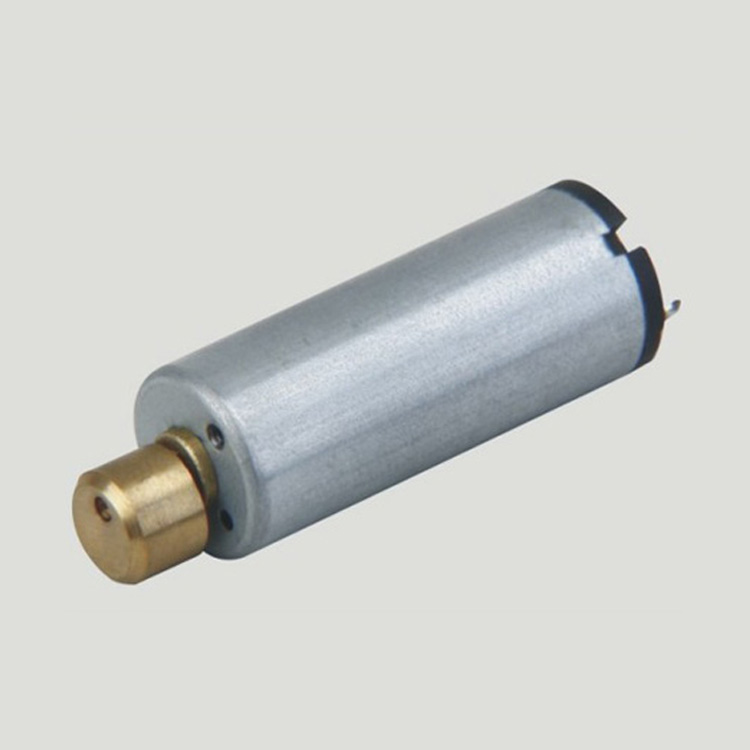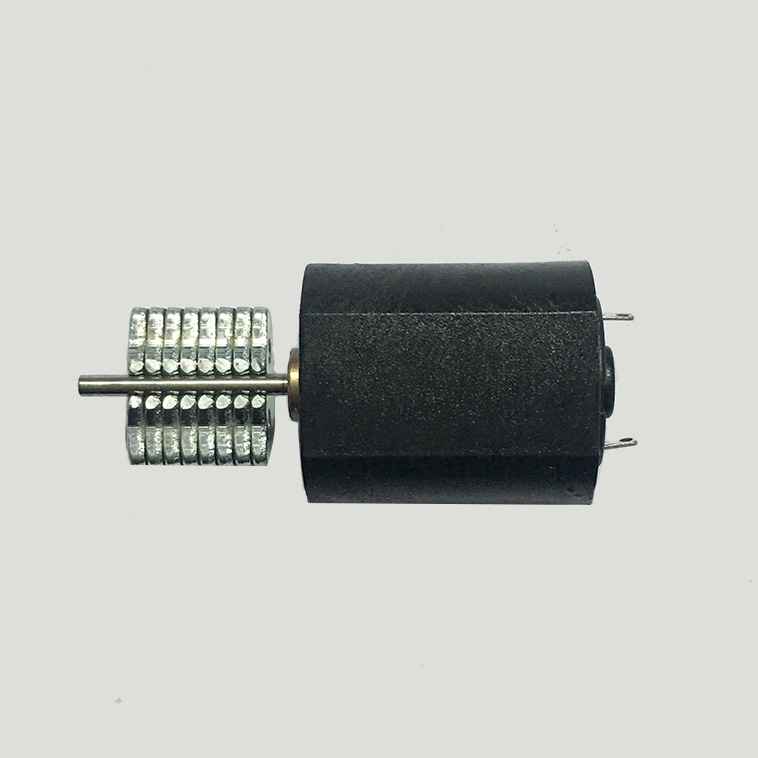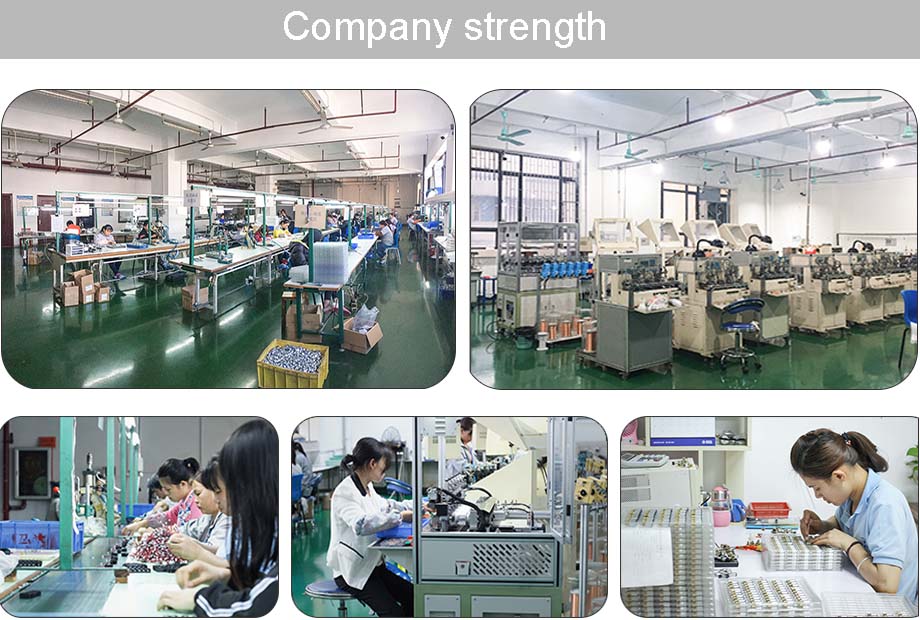Sent's point of view: Transformer-based isolated LED driver power supply will be the mainstream; in order to solve the quality problems caused by improper system thermal design, the industry is evaluating other non-electrolytic capacitor technology; in addition, due to temperature problems in the refrigeration environment, LED Refrigerated lighting will be a faster growing area.
Both isolated and non-isolated LED drive power solutions have advantages and disadvantages. We believe that Class II will dominate the AC/DC lighting sector as it simplifies LED cooling. Class I or II systems rely on grounding systems, and in most cases, the grounding system depends on the specific device. Class II systems are common, requiring transformer magnetic windings, insulating tapes, and physical isolation. ClassI systems require grounded racks and/or mechanical barriers, which are not required for Class II systems.
The most important factor affecting the reliability and longevity of electrolytic capacitors is the higher operating temperature, while LED luminaires typically operate at higher temperatures. Electrolytic capacitors can and are being used in lighting applications, but in order to address the quality issues that may result from improper thermal design of the system, as previously mentioned, other non-electrolytic capacitor technologies are being evaluated and often used.
In mobile and LCD TV systems, white LEDs will continue to capture market share from CCFL. Rugged applications will increasingly use LEDs, especially in the automotive, aerospace, industrial and medical sectors. Solid-state lighting will grow in areas where the higher initial cost of LEDs is offset by longer life, energy efficiency and lower maintenance costs. These areas include warehouses, parking garages and some architectural lighting. Refrigerated lighting is a fast-growing area where temperature problems are alleviated.
There are several trends in the development of LED lighting. One is the increasing efficiency of high-brightness LEDs and the increased supply of highly efficient, reliable constant current power supplies that drive these LEDs. Secondly, relevant regulations have been formulated around the world, which indicates that low-efficiency incandescent lamps have come to an end, and compact fluorescent lamps (CFLs) will gradually withdraw from the stage. If broken, compact fluorescent lamps emit harmful mercury into the surrounding environment. Under the combined effect of these factors, in the long run, the use of LED lighting will be an inevitable choice. Of course, reducing system costs, including LEDs, thermal management systems, and LED drivers, has been an important factor in driving LED general lighting products to be widely adopted by consumers.
The main challenge for OEMs is to meet energy standards set by governments and industries that specify efficiency and power factor. At the same time, it is also compatible with TRIAC dimming. As important as complying with energy regulations, quality and long-term reliability are also key factors in determining the success of LEDs, as one of the advantages of LED lighting that manufacturers are promoting is that their lifetimes are much longer than traditional lighting technologies. This can only be achieved if the overall system has long-term reliability. This has always been the case. In fact, faults are common for many lighting products, mainly in terms of power, not LEDs.
At the design level, this means that OEMs must be good at system thermal design. LEDs have high performance (lumens/watt) but produce significantly more conduction heat than incandescent or fluorescent lamps. And because many applications are packaged in a closed rack, there is little air flow that cools the system. If the thermal management system is not carefully designed, the LEDs and their power circuits may experience degradation or premature failure due to high temperatures.

Is mainly used for adult health care products and toys micro vibration motor is a Dc Motor, the motor shaft with an eccentric wheel, when the motor rotation, eccentric circle particle is not turn the heart of the motor, make motor is constantly out of balance state, caused by inertial effect.
Characteristics: small volume, strong vibration;
Features: small size, fast speed, stable performance, low price, can use battery drive,Can change the different materials of the pendulum head


Method of use: the best stable in horizontal plane, installed on the dc vibration motor output shaft parts, cannot use a hammer to knock, knock prone to press into the dc vibration motor drive, may cause damage to internal components, and cannot be used in the case of blocked.

Operating temperature range:
vibration motor should be used at a temperature of -10~60℃.
The figures stated in the catalog specifications are based on use at ordinary room temperature catalog specifications re based on use at ordinary room temperature (approximately20~25℃.
If a vibration motor is used outside the prescribed temperature range,the grease on the gearhead area will become unable to function normally and the motor will become unable to start.Depending on the temperature conditions ,it may be possible to deal with them by changing the grease of the motor's parts.Please feel free to consult with us about this.
Storage temperature range:
vibration motor should be stored ta a temperature of -15~65℃.
In case of storage outside this range,the grease on the gearhead area will become unable to function normally and the motor will become unable to start.
Service life:
The longevity of vibration motor is greatly affected by the load conditions , the mode of operation,the environment of use ,etc.Therefore,it is necessary to check the conditions under which the product will actually be used .The following conditions will have a negative effect on longevity.Please consult with us should any of them apply.
â—Use with a load that exceeds the rated torque
â—Frequent starting
â—Momentary reversals of turning direction
â—Impact loads
â—Long-term continuous operation
â—Forced turning using the output shaft
â—Use in which the permitted overhang load or the permitted thrust load is exceeded
â—A pulse drive ,e.g.,a short break,counter electromotive force,PWM control
â—Use of a voltage that is nonstandard as regards the rated voltage
â—Use outside the prescribed temperature or relative-humidity range,or in a special environment.
â—Please consult with us about these or any other conditions of use that may apply,so that we can be sure that you select the most appropriate model.
when it come to volume production,we're a major player as well .each month,we rurn out 600000 units,all of which are compliant with the rohs directive.Have any questions or special needed, please contact us, we have the engineer group and best sales department to service to you Looking forward to your inquiry. Welcome to our factory.

Vibration Motor,Small Powerful Vibration Motor,220V Vibration Motor,Electric Motor For Vibrating
Shenzhen Shunchang Motor Co., LTD. , https://www.scgearmotor.com
![<?echo $_SERVER['SERVER_NAME'];?>](/template/twentyseventeen/skin/images/header.jpg)